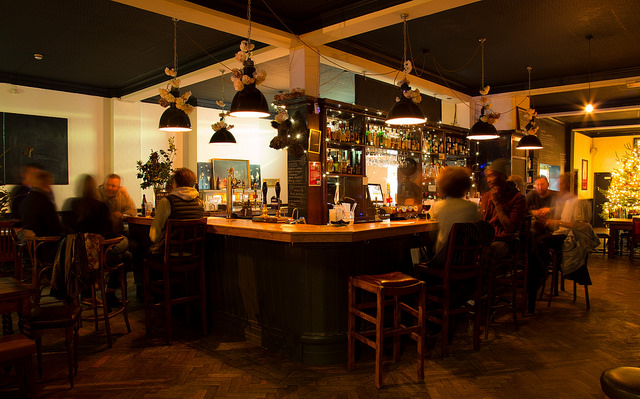This post is a listing of some of my recent writings elsewhere. From looking at the date of the previous post I can confirm that I have been busy, with no time to update this blog…
The big thing for Club Soda in the Summer of 2017 was our, and the UK’s, first Mindful Drinking Festival. It was in August at Bermondsey Square in South London, and was a roaring success. Nearly 50 non-alcoholic drinks brands were there, as well as food stalls, beer yoga, talks and tastings, and much more. The weather was on our side too, as the Sunday of the festival was the only sunny day of that and the following week – as seen in the photo above. And we estimated that 2,500 people came to try the drinks on offer. And “mindful drinking” suddenly became a big thing, listed on the Guardian as a “trend”.
There are some images and videos from the festival on Club Soda website. Afterwards, I wrote a guest blog for the Institute of Alcohol Studies: Club Soda hosts the first-ever Mindful Drinking Festival. I also wrote a guest blog for A hangover free life: Mindful Drinking Festival & Alcohol Free Drinks In Recovery. This article tackles the issue of whether people with alcohol misuse problems should avoid non-alcoholic beers and wines. The Club Soda view is that they can be really helpful in many ways, and it’s only if they trigger you to drink “the real thing” should you avoid them.
CAMRA also had their annual beer festival, and I did my second annual analysis of the alcohol-content of the real ales on offer. The main finding is that the average ABV has gone up slightly from last year, which I really wasn’t expecting. And the lower-alcohol choice is still more or less non-existent at this event.
And finally, Laura and me did a joint Club Soda Sunday webinar on what we have learned about moderating your drinking habits.
The news for the next two months is that we are organising the second Mindful Drinking Festival, this one a pre-Christmas event, on 24 and 25 November at Spitalfields Market. So I will most likely be too busy to update this blog for a few weeks again…


